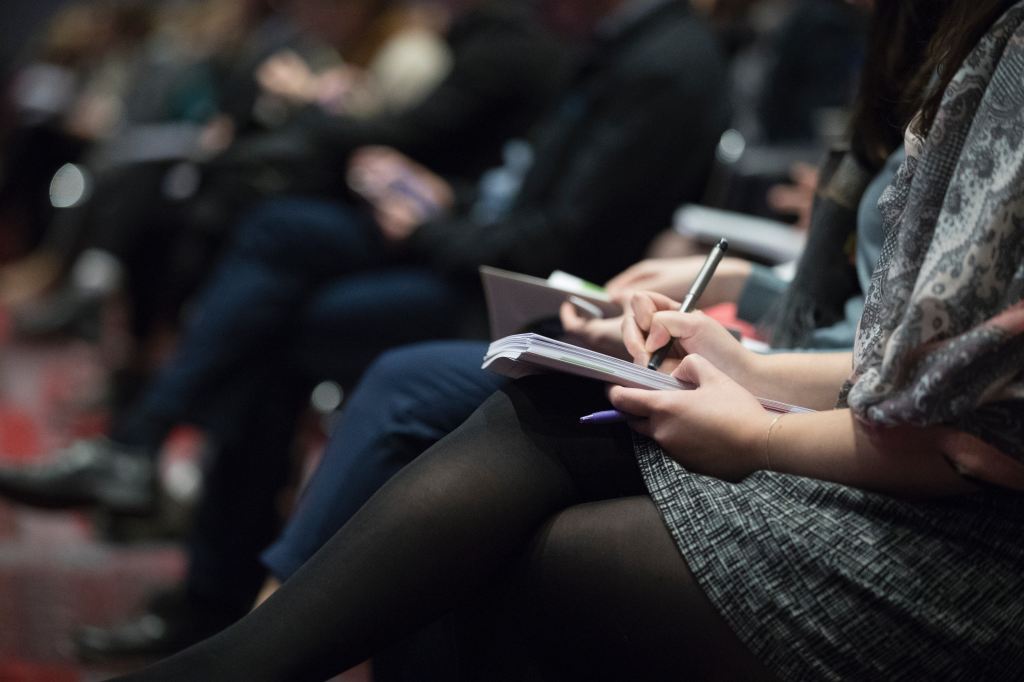“People with disabilities have forged a group identity. We share a common history of oppression and a common bond of resilience. We generate art, music, literature, and other expressions of our lives and our culture, infused from our experience of disability. Most importantly, we are proud of ourselves as people with disabilities. We claim our disabilities with pride as part of our identity. We are who we are: we are people with disabilities.” (Brown, 2001)
What is disability culture? In disability studies and disability activism, there are countless definitions and descriptions. It’s art! It’s performance! It’s literature! It’s community! It’s here! It’s online! It’s everywhere! Dr. Steven E. Brown describes the common bonds that bring disabled people together to share in culture and the pride and expression that generates cultural artifacts.
To me, disability culture means that disabled people are creating, being, doing from a place of disability. It is a celebration of disabled brilliance, wisdom, kinship, and innovation. It is the memory of disabled pasts and the promise of disabled futures. Disability culture centers disability identity as social, political, and meaningful – disabled ontologies and epistemologies are valuable!
Disability cultural centers on campuses are sites of reckoning with the ableism, exclusion, and violence that disabled people have faced in education. They present an opportunity for disabled people – including students, staff, faculty, and community members- to engage with the college or university in disabled ways and explore disability identity without shame or judgment. DCCs are transformative; my experiences with disability culture and community in undergrad and grad school have wholly shaped who I am, my passion, my politics, and how I show up in my disabled bodymind in the world. Disability cultural centers are often limited by institutional systems and policies, but nevertheless offer space for disabled people to exist within – and occasionally, to rebel against – the institution. bell hooks (1994) wrote, “The classroom remains the most radical space of possibility in academia,” and DCCs embrace this call by educating students and community members on disability culture and allowing all to experiment with disabled ontologies.
I am honored to be starting as the Program Coordinator for the new Disability Cultural Center at the University of Wisconsin-Madison! Disabled students advocated for and won this campus center, and I am looking forward to creating space where they can be whole, complicated, disabled people and we can all strive for anti-ableism and disability justice. I am calling upon my disabled kin, my beloved community, to connect with me and allow us to celebrate you – your scholarly and creative projects, your journey to disability identity, and your fight for disability justice that uplifts all disabled people and acknowledges that systems built on oppression must fall. You can contact me at helen.rottier@wisc.edu, and I am happy to feature you or consult with you.
“Disabled people are increasingly more confident and proud of themselves through the development of disability culture. Disabled people are not victims. Disabled people have chosen to be agents of change.” (Brown, 2002)














